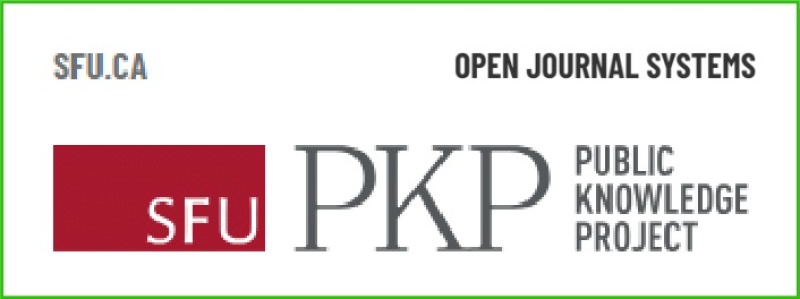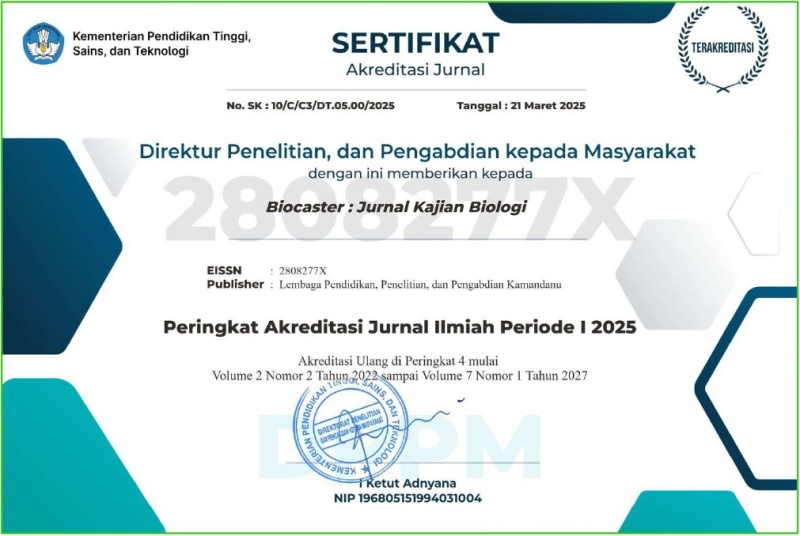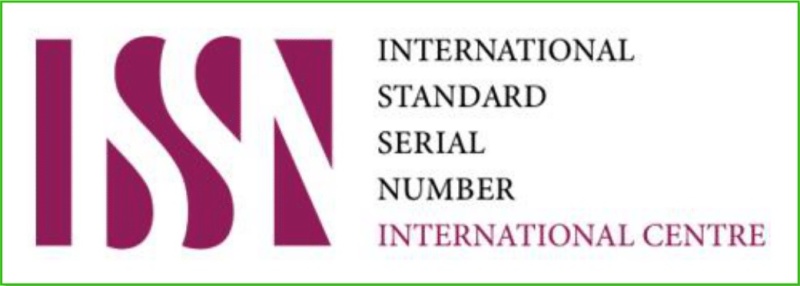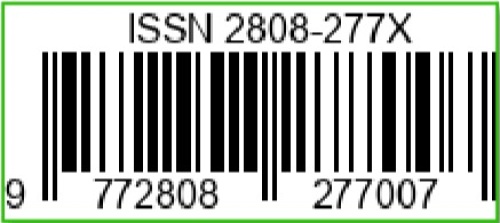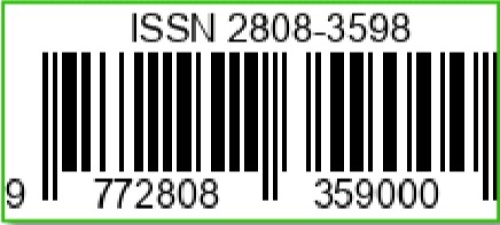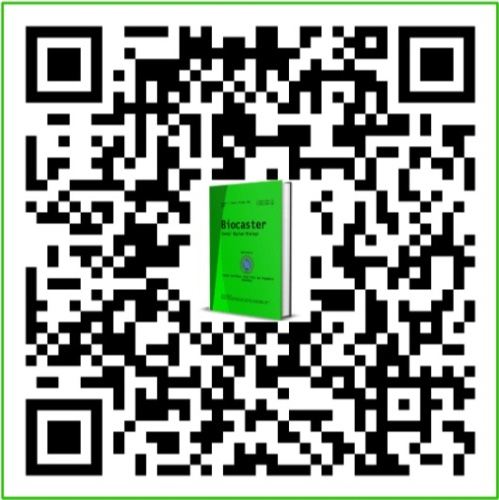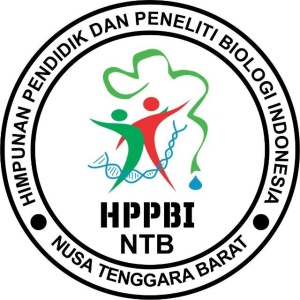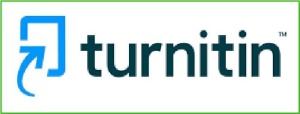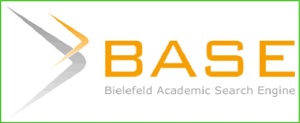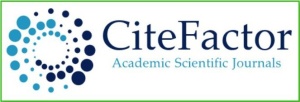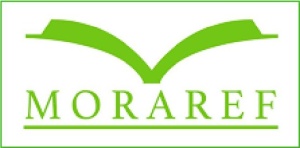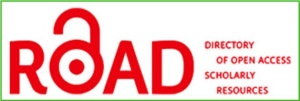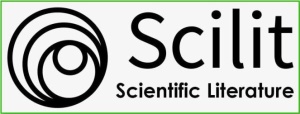Analisis Plankton (Fitoplankton & Zooplankton) di Perairan Teluk Batu Kumbu Sekotong Barat
DOI:
https://doi.org/10.36312/biocaster.v5i2.361Keywords:
Species Richness, Diversity Index, Plankton.Abstract
Plankton are aquatic organisms that live floating with passive movement and cannot fight against the current. Plankton consists of phytoplankton and zooplankton. Given the very important role of plankton, research is needed. This study aims to analyze the condition of plankton (phytoplankton and zooplankton commodities) in the waters of Batu Kumbu Bay, Batu Kumbu Hamlet, West Sekotong Village, Sekotong District, West Lombok Regency. Water samples were taken using a plankton net and analyzed using a Sedgewick Rafter Cell (SRC) using a microscope. Data analysis in this study was in the form of the number of species, density (ind / L), dominance index, diversity index (H '), category, evenness and category. The results of this study showed the richness of phytoplankton species, it was found that the number of species found around coastal waters was relatively more, namely 37 species with a density of 159 individuals / liter. While around the jetty/pier there are 21 species with a species density of 91.3 while the richness of zooplankton species, it was found that the number of species found in the pier area, namely 2 species with a species density of 1 individual/liter and in the coastal area 3 species with a density of 2 individuals/liter. As for the level of species diversity (H') both phytoplankton and zooplankton in both locations, where the jetty tends to be low, while in coastal waters it is classified as moderate.
Downloads
References
American Public Health Association. (2005). Standart Methods for American Public Health Association. Washington: American Public Health Association.
Andriani, A., Damar, A., Rahardjo, M. F., Simanjuntak, C. P., Asriansyah, A., & Aditriawan, R. M. (2017). Kelimpahan Fitoplankton dan Perannya sebagai Sumber Makanan Ikan di Teluk Pabean, Jawa Barat. Jurnal Sumberdaya Akuatik Indopasifik, 1(2), 133-144. https://doi.org/10.30862/jsai-fpikunipa.2017.Vol.1.No.2.37
Aryawati, R., Ulqodry, T. Z., Isnaini, I., & Surbakti, H. (2021). Fitoplankton sebagai Bioindikator Pencemaran Organik di Perairan Sungai Musi Bagian Hilir Sumatera Selatan. Jurnal Ilmu dan Teknologi Kelautan Tropis, 13(1), 163-171. https://doi.org/10.29244/jitkt.v13i1.25498
Diniariwisan, D., & Rahmadani, T. B. C. (2024). Komposisi Kelimpahan dan Struktur Komunitas Fitoplankton di Kawasan Pantai Sekotong, Nusa Tenggara Barat. Ganec Swara, 18(1), 342-347. https://doi.org/10.35327/gara.v18i1.766
Firdaus, M. R., & Wijayanti, L. A. S. (2019). Fitoplankton dan Siklus Karbon Global. Oseana, 44(2), 35-48. https://doi.org/10.14203/oseana.2019.vol. 44no.2.39
Japa, L., & Ilhamdi, M. L. (2025). Community Structure of Phytoplankton in the Waters of Bagek Kembar Mangrove Ecosystem Essential Area, Sekotong, West Lombok. Jurnal Biologi Tropis, 25(1), 733-742. https://doi.org/10.29303/jbt.v25i1.8617
Lubis, A. R. (2021). Analisis Kelimpahan Plankton di Sungai Linggahara Sumatera Utara. Jurnal Pionir LPPM Universitas Asahan, 7(1), 287-293. https://doi.org/10.36294/pionir.v7i3.1926
Odum, E. (1971). Fundamentals of Ecology. Third edition. London: W.B. Saunders Company.
Rahmah, N., Zulfikar, A., & Apriadi, T. (2022). Kelimpahan Fitoplankton dan Kaitannya dengan Beberapa Parameter Lingkungan Perairan di Estuari Sei Carang Kota Tanjungpinang. Journal of Marine Research, 11(2), 189-200. https://doi.org/10.14710/jmr.v11i2.32945
Rosanti, L., & Harahap, A. (2022). Keberadaan Plankton sebagai Indikator Pencemaran. Bioedusains : Jurnal Pendidikan Biologi dan Sains, 5(1), 182-188. https://doi.org/10.31539/bioedusains.v5i1.3529
Rumondang, R., & Paujiah, E. (2020). Kondisi Plankton pada Tambak Ikan Kerapu di Desa Mesjid Lama Kecamatan Talawi Kabupaten Batu Bara, Sumtera Utara. Depik Jurnal Ilmu-ilmu Perairan, Pesisir, dan Perikanan, 9(1), 107-118. https://doi.org/10.13170/depik.9.1.14282
Safnowandi, S. (2021). Identifikasi Jenis Fitoplankton di Sungai Jangkok Kota Mataram sebagai Bahan Penyusunan Petunjuk Praktikum. Bioma, 3(2), 31-38. https://doi.org/10.31605/bioma.v3i2.1257
Sartimbul, A., Yona, D., Larasati, A. A., Saria, S. J., & Rohadi, E. (2017). Variasi Komunitas Plankton dan Parameter Oseanografi di Daerah Penangkapan Ikan Pelagis di Perairan Malang Selatan, Jawa Timur. Journal of Fisheries and Marine Science, 1(2), 55-64. https://doi.org/10.21776/ub.jfmr.2017.001.02.2
Yanti, E., Apriadi, T., & Zulfikar, A. (2024). Keanekaragaman Fitoplankton dan Kaitannya dengan Kondisi Perairan di Senggarang Besar, Kota Tanjungpinang, Kepulauan Riau. Jurnal Kelautan : Jurnal Sains dan Teknologi Kelautan Indonesia, 17(1), 55-64. https://doi.org/10.21107/jk.v17i1.18184
Yuliana, Y., & Ahmad, F. (2017). Komposisi Jenis dan Kelimpahan Zooplankton di Perairan Teluk Buli, Halmahera Timur. Jurnal Ilmiah Agribisnis dan Perikanan (Agrikan UMMU-Ternate), 10(2), 44-50. https://doi.org/10.29239/j.agrikan.10.2.44-50
Zainuri, M., Indriyawati, N., Syarifah, W., & Fitriyah, A. (2023). Korelasi Intensitas Cahaya dan Suhu terhadap Kelimpahan Fitoplankton di Perairan Estuari Ujung Piring Bangkalan. Buletin Oseanografi Marina, 12(1), 20-26. https://doi.org/10.14710/buloma.v12i1.44 763
Downloads
Published
How to Cite
Issue
Section
License
Copyright (c) 2025 Saipul Bahri & Muhammad Sarjan

This work is licensed under a Creative Commons Attribution-ShareAlike 4.0 International License.
-
Attribution — You must give appropriate credit, provide a link to the license, and indicate if changes were made. You may do so in any reasonable manner, but not in any way that suggests the licensor endorses you or your use.
-
ShareAlike — If you remix, transform, or build upon the material, you must distribute your contributions under the same license as the original.


